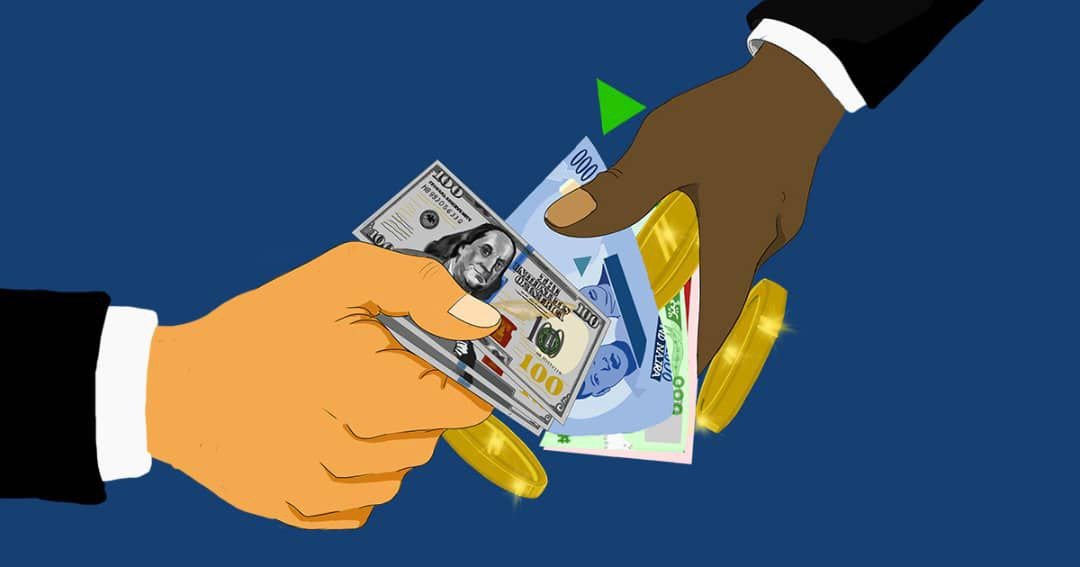As of November 26, 2025, the Nigerian Naira displayed mixed but largely weaker performance across official and parallel market segments, according to the latest data from the Central Bank of Nigeria (CBN), LEMFI, and REMITLY.
In the Nigerian Autonomous Foreign Exchange Market (NAFEM), the naira appreciated by 0.76% against the US dollar, closing at ₦1,441/$1 on November 25, 2025, compared to ₦1,452/$1 the previous day. This marks a notable recovery in the official window after recent pressures.
In the International Money Transfer Operators (IMTO) segment, widely regarded as a proxy for the parallel market rate, the naira showed remarkable stability against the US dollar. On November 26, the IMTO rate stood at ₦1,476/$1, representing a marginal depreciation of just 0.14% (or +₦2) from ₦1,474/$1 recorded on November 25.
Against other major currencies in the IMTO segment:
- The naira depreciated against the British Pound by 0.36%, trading at ₦1,950/£1 (up ₦7 from ₦1,943/£1).
- The naira also lost ground against the Euro by 0.35%, closing at ₦1,693/€1 (up ₦6 from ₦1,687/€1).
- The rate against the Canadian Dollar remained completely unchanged at ₦1,049/C$1, showing zero movement.
According to CBN governor, Yemi Cardoso, gross external reserves rose by 9.19% to $46.70 billion as of November 14, enough to cover 10.3 months of imports, supported by stable external conditions.
What you should know
The Central Bank of Nigeria (CBN) has kept the Monetary Policy Rate (MPR) at 27%, maintaining a tight stance to drive down inflation and stabilize the economy.
Outcomes of the MPC Meeting:
- Monetary Policy Rate (MPR) retained at 27.00%.
- Cash Reserve Ratio (CRR) retained at 45.00% for DMBs, and retained 16.00% for Merchant Banks, respectively.
- Retained 75% CRR on Non-TSA public sector deposits
- Liquidity Ratio (LR) left unchanged at 30.0%.
- Asymmetric Corridor adjusted by +50/-450 basis points around the MPR.
The MPC forecast sustained disinflation in the coming months, driven by the delayed effects of earlier rate hikes and continued FX market stability. It expects the harvest season to push food prices lower and support economic balance.

